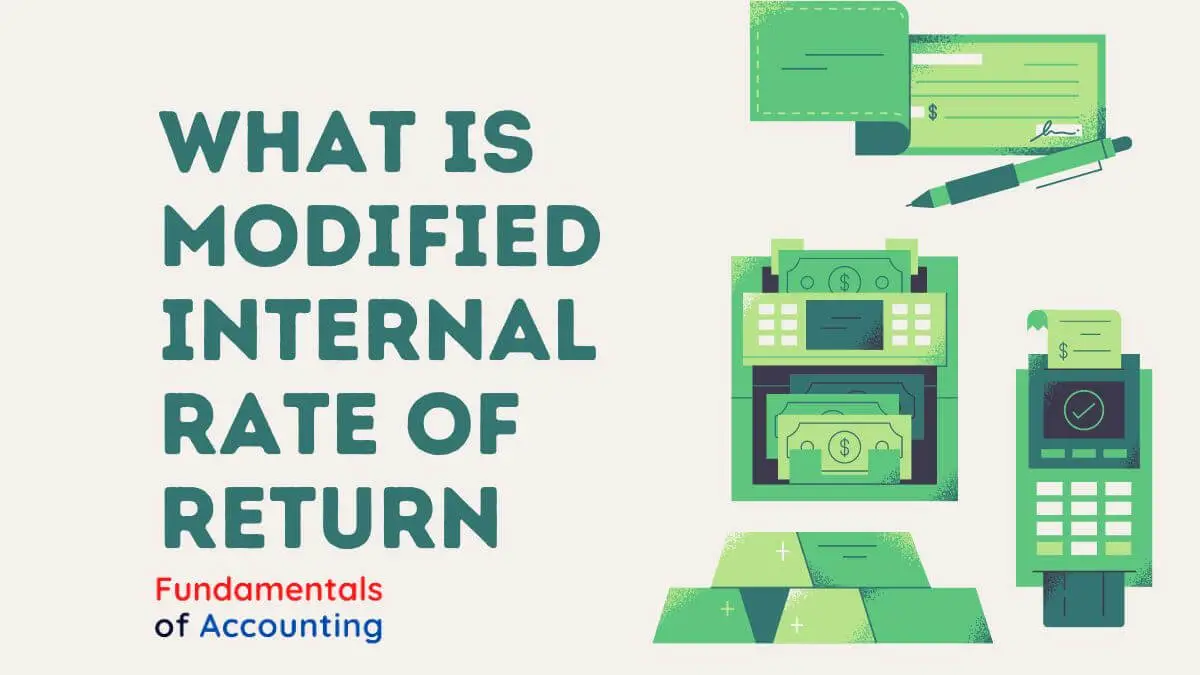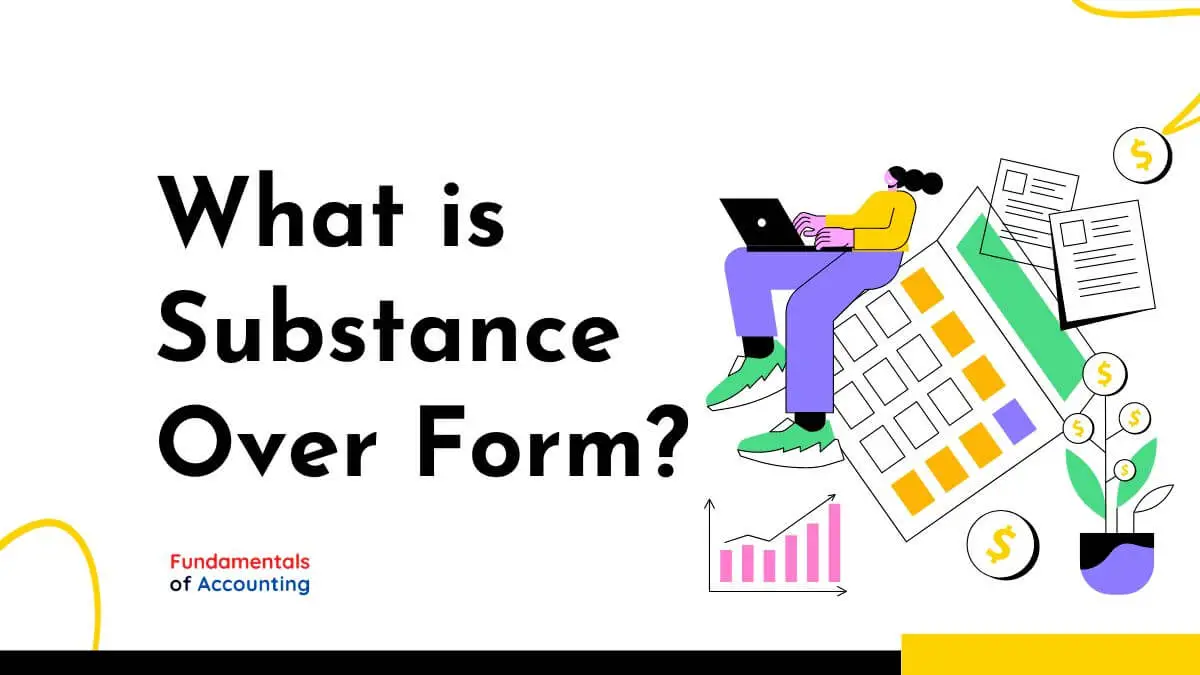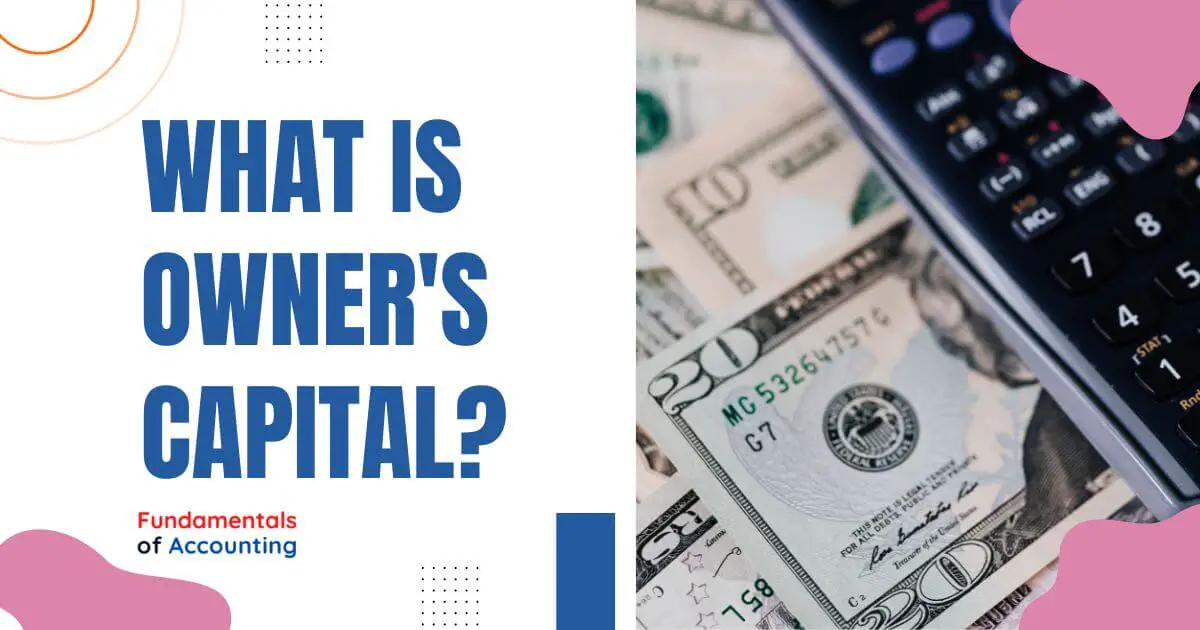What are Liquidity Ratios? – Meaning and Formula

Liquidity ratios measure the short-term financial solvency of a business. Here the short term refers to a period of 12 months or lesser. Investors typically use liquidity ratios to determine the worth of a company’s assets. If the ratio is high, it means that there are more liquid assets available for quick conversion to cash […]
What are Current Liabilities? Meaning and Types

Liabilities are the obligations to pay money, render services, or deliver goods at a later date as a result of a previous transaction. This definition covers all liabilities covered in earlier chapters as well as any new liabilities. Liabilities are separated into current liabilities and long-term liabilities on the balance sheet. Meaning of Current Liabilities […]
What is the Modified Internal Rate of Return (MIRR)?

In an effort to solve some of the shortcomings of the IRR method, financial analysts have devised an alternate evaluation procedure that is comparable to the IRR but modified. The modified internal rate of return (MIRR) is a monetary indicator of an investment’s appeal. The IRR has a number of issues, but MIRR fixes two […]
What Does Mean Substance Over Form?

In accounting, the phrase “substance over form” refers to a preference for the underlying truth of a transaction above its legal form. The accounting idea is that a transaction’s economic substance should take precedence over its legal structure. This principle ensures that financial accounts accurately reflect the economic substance of a transaction, regardless of its […]
What is Trade Discount in Accounting?

In accounting, a trade discount is a reduction in price a manufacturer or wholesaler offers a trade buyer on the list price of goods. Offering trade discounts is a standard practice in many sectors as a means of encouraging clients to make greater purchases or to develop long-term business partnerships. Purpose of Trade Discounts The […]
Capital Expenditure Vs Revenue expenditures in Accounting

Capital Expenditure Capital expenditures comprise costs incurred for the acquisition of a fixed asset, such as land, a building, a car, machinery, etc. It also includes any expenditures incurred thereafter that boost the earning capacity of an existing fixed asset. In addition to the cost of purchasing, the cost of acquisition also includes any additional […]
What is the Definition of Revenue in Accounting?

In accounting, revenue is defined as the total value of all money and other assets received by a company over a period of time. This can include money received from sales, investments, and any other sources. Revenue is typically recorded on a company’s balance sheet as “total revenue” or “net sales.” For example, if a […]
What is Bin Card in Cost Accounting?

In cost accounting, bin cards are physical or electronic records used to track inventory levels in a stockroom, warehouse, or another storage facility. The card typically contains the item’s stock number, description, location, current inventory level, and minimum and maximum levels that should be maintained. Bin cards can be used to track inventory levels manually […]
What is the Difference Between Cost and Financial Accounting?

Financial accounting and cost accounting are two different types of accounting that are used to track and report the financial performance of a business. While both financial and cost accounting provide insights into a company’s financial position, there are several key differences between the two. Financial accounting focuses on the big picture. Financial accounting is […]
What is the Owner’s Capital in Accounting?

In accounting, the owner’s capital refers to the owners’ equity in the business. This can be calculated by subtracting the liabilities from the assets. The owners’ equity is what is left over after the business liabilities have been paid. It represents the owner’s investment in the business and is also known as the owners’ contribution […]
